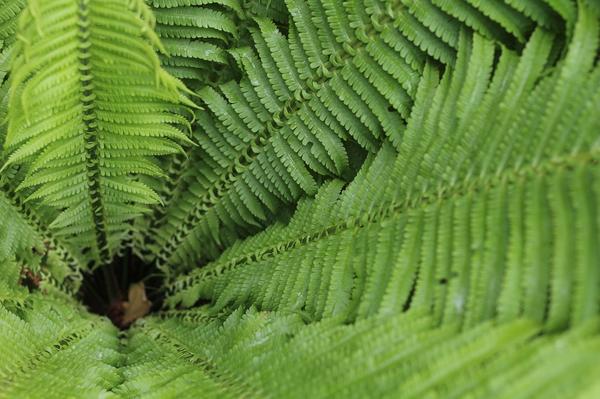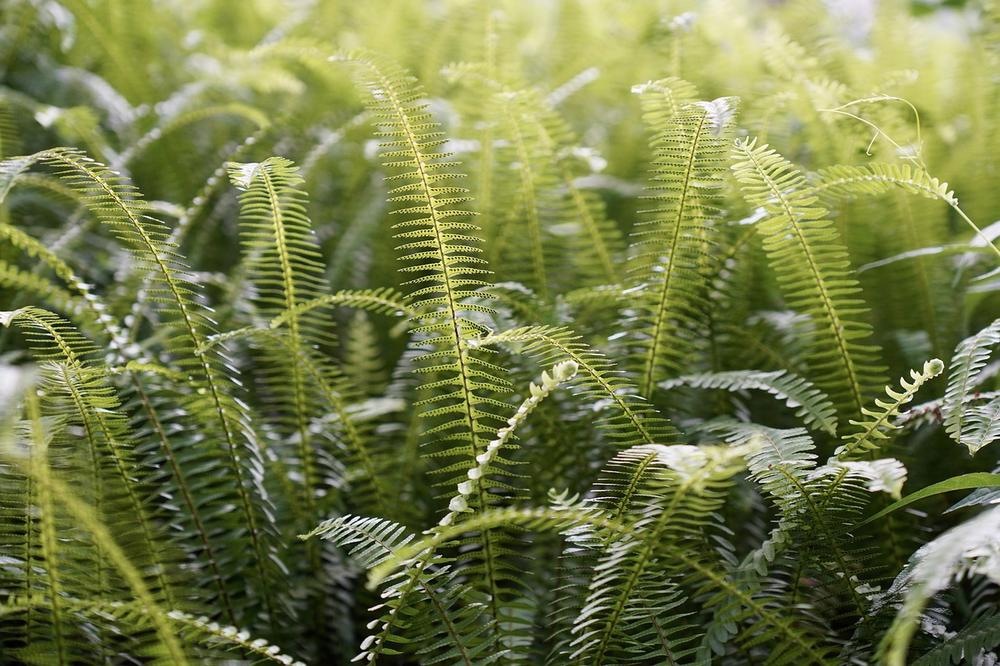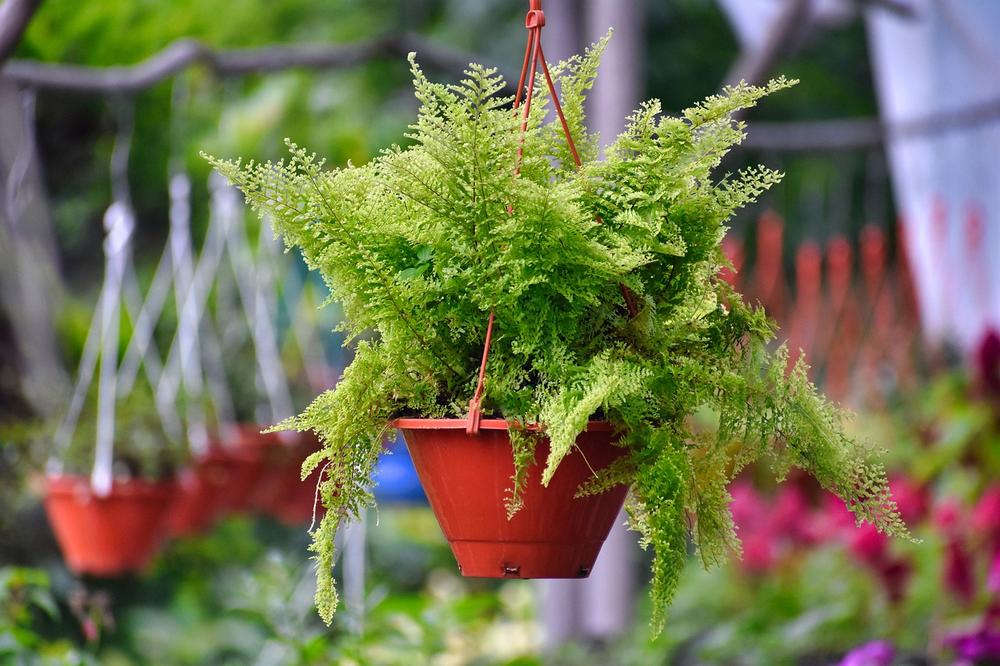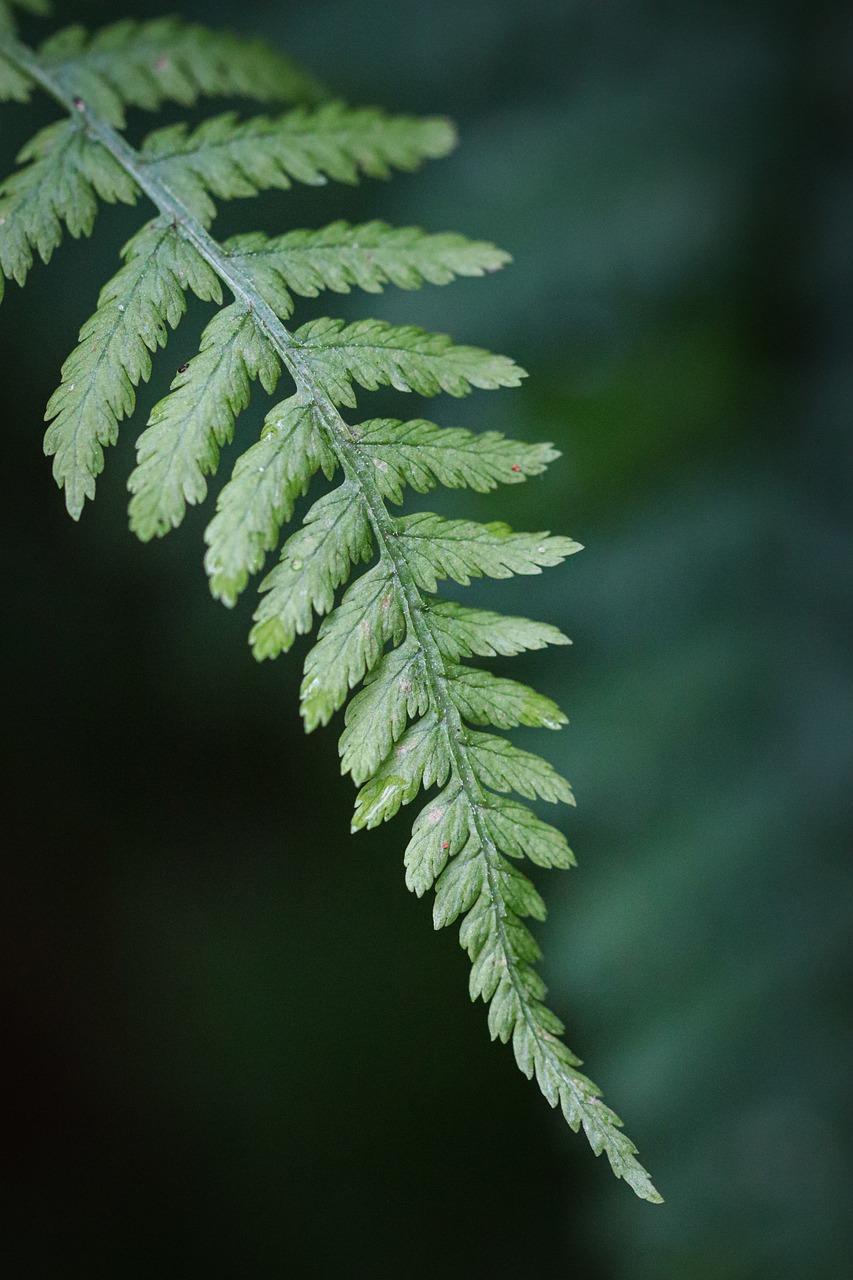Are Ferns Toxic to Cats?

You'll agree with me when I say:
Protecting our fur babies from harm is our top priority. 😺
Imagine the panic that sets in when you spot your precious kitty nibbling on a houseplant.
Trust me, I've been there.
Let's find out if ferns are toxic to cats, shall we?
Are Ferns Toxic to Cats?
Ever wondered about ferns and cats? 😺
Here's the lowdown:
- Not all ferns are bad news for your feline buddies. But there are a few that can mess them up if they get chompy with them.
- Take the lace fern, for example. It might spruce up your place, but it can do some serious harm to cats if they gobble it up like there's no tomorrow.
- Pay attention to how your cat behaves around plants. If they start eyeing your ferns or take a nibble, it's probably best to step in.
- To make sure your furry friend stays safe, keep those toxic ferns out of reach. Stick 'em up higher where cats can't go exploring.
- If you suspect your cat has chewed on poison-filled ferns and they're puking, crapping, or feeling sluggish, better call the vet right away. They'll give you the scoop on what to do next.
- Remember: prevention is the name of the game. Learn about the harmful ferns and other nasty plants before introducing them to your crib.
With these tips, your cat will be happily leaping and fern-exploring!
Main points I'll expand upon further down this article:
- The most common symptom of fern toxicity in cats is vomiting, which can lead to liver damage or death.
- Ingesting any part of a fern can cause vomiting, diarrhea, and difficulty breathing.
- Avoid large amounts of ferns being consumed as it can cause digestive upset.
- The leaves of the asparagus fern are toxic and can cause digestive upset, diarrhea, vomiting, and skin inflammation.
- Symptoms of fern toxicity can range from mild to severe, including swelling, blisters, and inflammation.
- Poinsettias are not highly toxic but can cause irritation to the mouth and stomach.
- Lace ferns (Asplenium) are generally safe for cats, but caution is needed with certain ferns like Cycads and Asparagus Fern.
- Remove any toxic plants and only have pet-friendly options in the home or yard.
- Toxic fern-like plants to be avoided include asparagus fern, bracken ferns, hemlock, and foxtail ferns.
- Certain plants like Dieffenbachia, Elephant Ear, Cyclamen, Heartleaf Philodendron, and Satin Pothos can cause various health issues in cats, including oral irritation, increased salivation, vomiting, heart rhythm abnormalities, seizures, and even death if consumed in large amounts.
And it gets worse...

Ingesting toxic ferns can lead to severe symptoms and even death.
But what exactly are these harmful ferns that you should keep away from your furry friend?
Let's dive into the details of the most dangerous varieties and their potential risks:
Signs of Fern Toxicity in Cats
Fern toxicity in cats can be a serious issue, and it’s key to recognize the signs. While vomiting is the most common symptom related to fern toxicosis, there are other signs you should watch out for as well.
Here are some additional symptoms that may indicate fern toxicity in cats:
- Diarrhea: Ingesting ferns can cause digestive upset, leading to loose or watery stools.
- Difficulty breathing: Some cats may experience respiratory distress, such as wheezing or rapid breathing.
- Skin inflammation: Contact with ferns can irritate the skin, causing redness, itching, or even blisters.
- Swelling: Severe cases of fern toxicosis may result in swelling of the mouth, lips, or face.
It’s important to remember that ferns aren’t the only potentially toxic plants for cats.

Poinsettias, while not highly toxic, can still cause irritation to the mouth and stomach if ingested. If you suspect fern toxicosis or any other plant toxicity in your cat, it’s crucial to seek veterinary care immediately. 🌿
And it gets even more interesting...which common household fern has been linked to kidney failure in cats?
Find out in our next section on Toxic Ferns for Cats...
Identifying the Culprits:
Cat-Safe Houseplants: Ferns and Plants to Avoid
Some ferns are safe, but exercise caution!
Not all ferns are safe for your cats.
While lace ferns (Asplenium) are generally okay, others like Cycads and Asparagus Fern can harm your furry friends.
If you want to create a cat-friendly environment with ferns, make sure to research which ones are safe for them.
Don't worry though!
Most true ferns won't cause any harm.
For a comprehensive list of cat-safe fern options, check out the ASPCA database.
It's always better to be safe than sorry when it comes to your cat's well-being.
Keep toxic plants out, and cat-friendly ones in
To keep your cats safe, you should remove any poisonous plants from your home or yard.
You definitely don't want your curious kitty getting sick by sniffing or munching on toxic fern-like plants such as bracken ferns, asparagus ferns, hemlock, or foxtail ferns.
But hold on, there are more plant dangers to watch out for.

Certain non-fern plants like Dieffenbachia, Elephant Ear, Cyclamen, Heartleaf Philodendron, and Satin Pothos can cause serious health issues for cats. These include oral irritation, increased salivation, vomiting, heart rhythm abnormalities, seizures, and even death if consumed in large quantities.
Oh no... And let's not forget about ivy, Pothos, Philodendron, Kalanchoe, and lilies - these are also big no-nos for cats.
Keep peace lilies at a safe distance
Did you know that peace lilies can be extremely dangerous for cats?
Even though they may look harmless, they can pose a serious threat.
So, make sure to keep your cats away from peace lilies and ensure they can't reach them.
It's always better to prevent illness rather than dealing with the consequences later on.
Before bringing any plants into your cat-safe space, ensure to accurately identify them.
Pictures can be really helpful in choosing the right greenery for your home. Your cats will definitely appreciate the safe and relaxing environment you create for them to explore without worries!
But it's not just ferns that you need to be mindful of when creating a cat-safe environment in your home!
There are other plants that can pose risks to your furry friends as well.
Let me tell you about them:
Houseplants That Are Safe for Cats
When it comes to having houseplants that are safe for cats, there are options you can choose from.
Here are some cat-friendly plants that will add greenery to your space without endangering your feline friend:
- Boston fern: This fern is not toxic to cats and adds a touch of elegance to any room.
- Areca palm: Aside from being safe for cats, this plant also helps in purifying the air.
- Calathea: With its stunning foliage patterns, this plant is both cat-friendly and eye-catching.
- Spider plant: While cats may find the leaves enticing, this harmless plant won't cause them harm.
- Money tree: Not only is this plant believed to bring good luck, but it's also non-toxic to cats.
Remember to keep toxic plants like lilies, aloe, and corn out of your cat's reach, as they can cause harmful symptoms.
Clean areas frequented by cats with safe products that don't contain essential oils.

By selecting these safe plant options, you can ensure a beautiful and worry-free indoor garden for both you and your furry friend.
To ensure the safety of your furry friend, I highly recommend checking out my article about Are Philodendron Toxic to Cats.
In this guide, you will find answers to your curiosity, concerns, and cautiousness regarding whether philodendron plants are toxic to cats and how to keep your pets safe.
Trust me, you won't want to miss it.
Stay informed and take the necessary precautions to create a worry-free environment for you and your feline companion.
Immediate Veterinary Treatment for Fern Poisoning
If you think your cat ate a poisonous fern or touched one, you need to take it seriously and get help right away.
Here's what you should do:
- Get a piece of the plant or take pictures to show the vet. This will make it easier for them to figure out how toxic it is and what treatment is needed.
- The vet might tell you to wash any oils off your cat's skin and mouth. They might recommend using a gentle soap that's safe for pets and warm water.
- To flush out the toxins from your cat's body, they might give them fluids through an IV. This helps stop the toxins from being absorbed further.
- If your cat's skin gets irritated from touching the fern, the vet could give you antihistamines to help with the itching and discomfort.
Time is crucial when it comes to fern poisoning.
Taking action quickly and getting professional help can really make a difference in your cat's recovery.
And to ensure your cat's safety and well-being, you need to consider creating an indoor cat garden.
This way, your feline companion can have a space where they can enjoy the benefits of greenery without the risk of toxic plants.
Creating an Indoor Cat Garden
Here's how to create a kick-ass indoor garden for your cat:
- Make sure the plants you pick won't poison your furball when they inevitably nibble on them. Some safe choices are spider plants, wheatgrass, and good ol' catnip.
- Cats are picky assholes, so offer them a variety of grasses, herbs, and pretty flowers to keep their attention and prevent them from getting bored.
- Instead of using dirt that can make a huge mess or be toxic, go for kitty-approved options like coconut coir or synthetic soil made especially for cats.
- Use raised planters or hanging pots because not only do they add some height to your space, but they also keep the damn plants out of the reach of curious paws.
- Don't forget to create a designated digging area for your little digger. Put some loose soil or sand in a tray nearby so they can satisfy their primal urge without destroying everything around them.
- Plants need light, duh! So make sure to put your garden in a bright spot near some windows or invest in grow lights if natural sunlight is limited.
- Cats love playing with wet soil, which can turn into a soggy mess. Avoid overwatering by either getting a self-watering system or checking the moisture levels with a fancy moisture meter.
- Sprinkle dried cat treats throughout the garden to give your furry buddy something tasty to discover while exploring. It will make their experience even better (and probably yours too).
Follow these tips, and you'll have one badass indoor garden that will bring joy to both you and your beloved feline friend. 💚
And that wraps up today's article.
If you wish to read more of my useful articles, I recommend you check out some of these: Can Cats Eat Spider Plants, Is Eucalyptus Oil Safe for Cats, Are Alstroemeria Poisonous to Cats, Are Tulips Poisonous for Cats, and Cat Not Eating After Spay
Talk soon,
-Sarah Davis